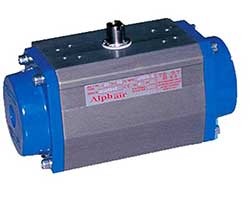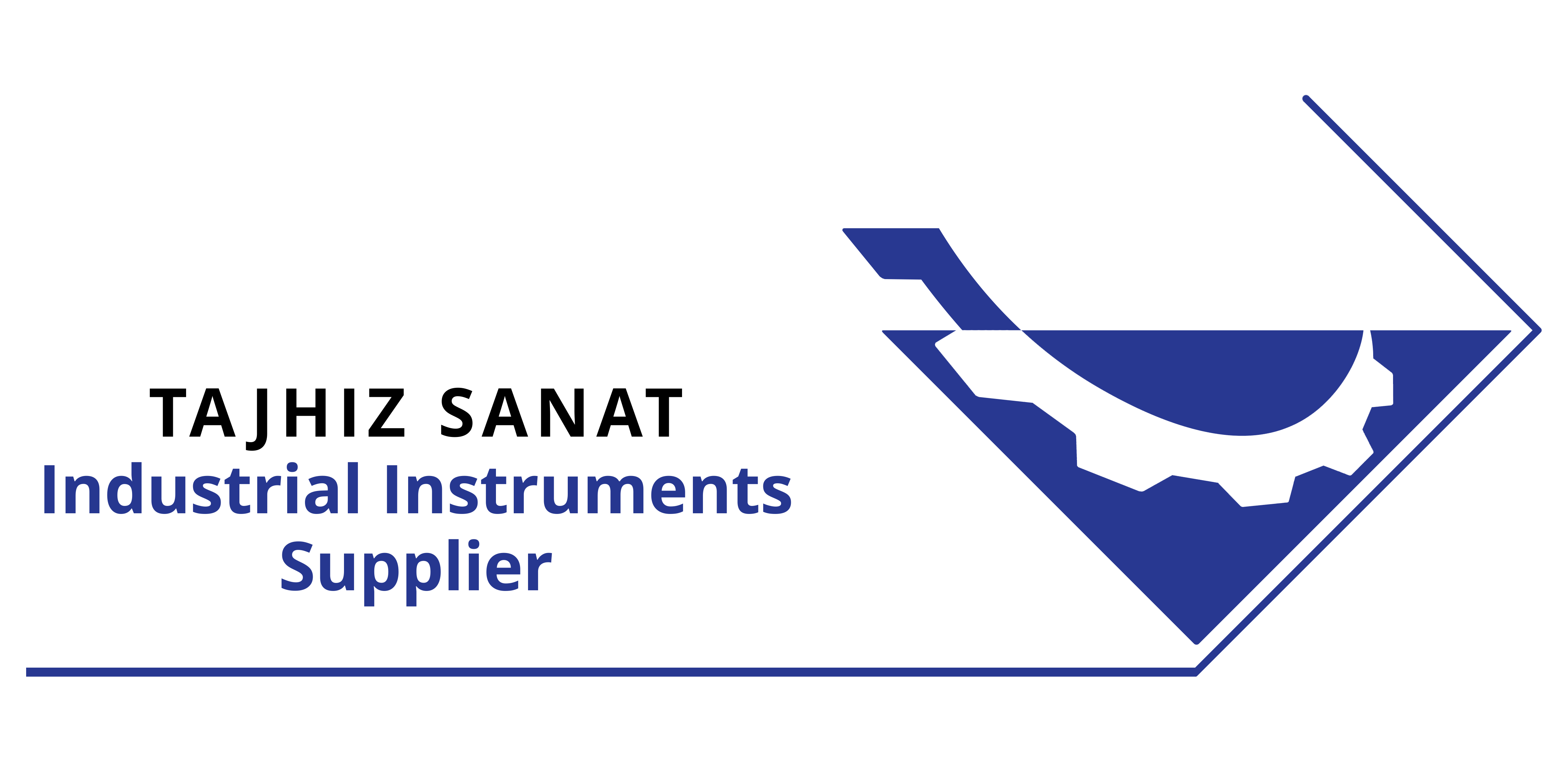
24 Apr Pneumatic Actuator
A pneumatic actuator is a device that converts energy from compressed air or gas into mechanical motion to control the position or movement of a valve, damper, or other mechanical components in various industrial and automation applications.
Pneumatic actuators are widely used in industries such as manufacturing, oil and gas, chemical processing, and HVAC systems. They offer several advantages, including fast and precise operation, simplicity, and suitability for hazardous or explosive environments.
Key components and features of pneumatic actuators include:
Body: The body of a pneumatic actuator houses the internal components and provides structural support. It is typically made of metal, such as aluminum or stainless steel, to withstand the operating conditions.
Piston or Diaphragm: Pneumatic actuators have either a piston or a diaphragm mechanism. The piston actuator uses a piston and cylinder arrangement, while the diaphragm actuator employs a flexible diaphragm to create motion. The piston or diaphragm converts the pressure of the compressed air or gas into mechanical force.
Spring: Some pneumatic actuators have a spring mechanism that provides a fail-safe feature. The spring helps to return the actuator to a predetermined position in case of air or power failure.
Valve Connection: Pneumatic actuators are designed to connect to various types of valves, such as ball valves, butterfly valves, or globe valves. The actuator’s output shaft is connected to the valve stem, allowing it to control the valve’s opening or closing.
Air Supply and Control: Pneumatic actuators require a source of compressed air or gas to operate. The air supply is directed into the actuator through an inlet port, and the flow of air is controlled using solenoid valves or other control devices.
Position Feedback: Some pneumatic actuators include position feedback mechanisms, such as limit switches or position sensors, to provide information on the actuator’s position. This feedback can be used for closed-loop control or to monitor the actuator’s status.
Pneumatic actuators are favored in many industrial applications due to their fast response, high force output, and suitability for rugged environments. They are commonly used to control valves in processes where precise positioning, rapid operation, and reliability are essential.
It’s important to consider the specific requirements of an application and consult the manufacturer’s documentation or guidelines for proper selection, installation, and maintenance of pneumatic actuators to ensure optimal performance and longevity.
